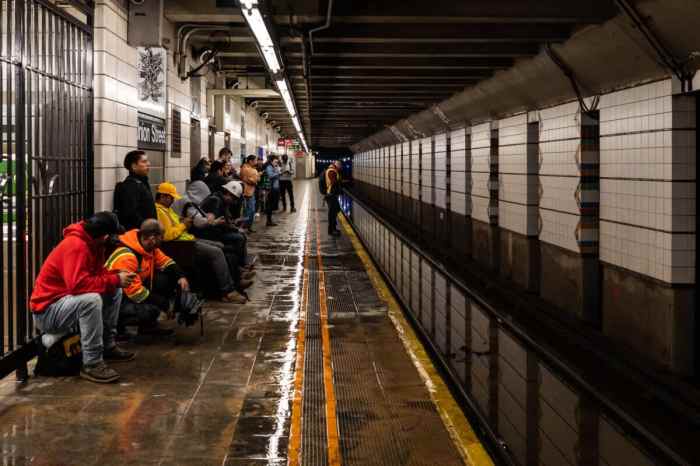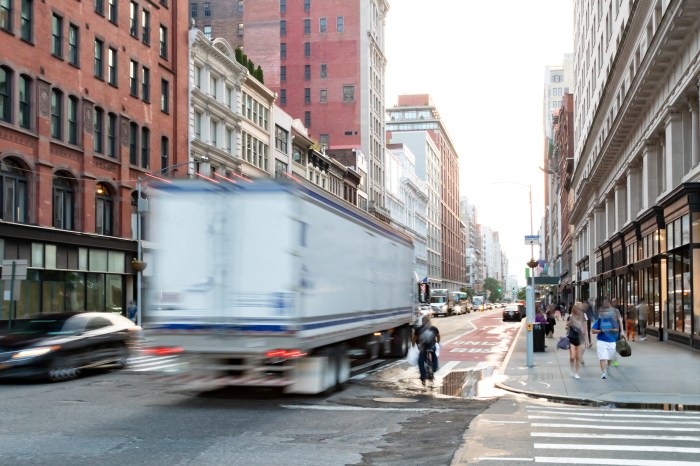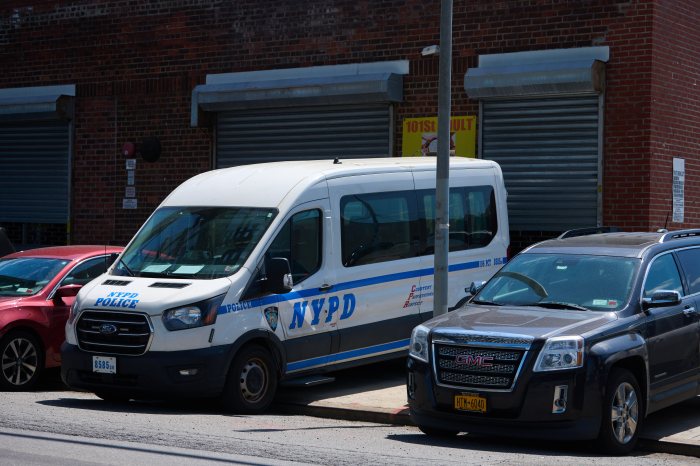The MTA’s next capital plan is a massive, $29 billion five-year program to keep its transit system — which includes subways, buses, and railroads — in good condition and pay for big projects like the Second Avenue Subway. The MTA started five-year capital plans in the early 1980s when the subway was in dire straits, with frequent derailments. Over $100 billion has been spent since then by the state and city.
The current capital plan runs from 2015 to 2019. The MTA board approved it at its October meeting, and has not been sent it yet to a state review board for approval. The city has agreed to contribute $2.5 billion. The state has agreed to contribute $8.3 billion. The rest of the money will come from the MTA.
Here’s what it includes:
-Begins design work and utility relocation for the second phase of the Second Avenue Subway, which would connect the new line on the Upper East Side (coming in 2016) to East Harlem
-New technology that lets you pay for MetroCard rides with a smartphone or bank card
-Remodel 20 subway stations
-Purchase more than 1,400 new buses
-Buy 940 new R-211 subway cars
-Repairs of individual aspects of stations, such as a flight of stairs or platform.
-Thirteen new elevators to make stations wheelchair-accessible.
-Countdown clocks on lettered lines
-Start work on bringing Metro-North to Penn Station
-Continue construction work on bringing the LIRR to Grand Central
-Finish bringing Help Points to all subway stations, which connects riders with emergency services (such as if a person falls onto the tracks) and transit information
-Speedier bus routes– select bus service added to more lines, which includes swiping MetroCards before riders get on to save time and dedicated bus lanes
-Replace 86 miles of subway track to make it safer and smoother
-Positive train control, a high-tech signal system that can stop a speeding train and prevent derailments like the Metro-North crash in the Bronx in 2013, which killed four people.
-Upgrade of the signal system on the E, F, M, and R in Queens, as well as the B, D, F, and M lines in Manhattan, to communication-based train control. It will let the MTA runs more trains, as it does on the L line. It is currently adding the system to the No. 7 line, which is frustrating subway riders.
-Track intrusion technology– alerts train crews and Rail Control Center if a person or object is on the tracks

















